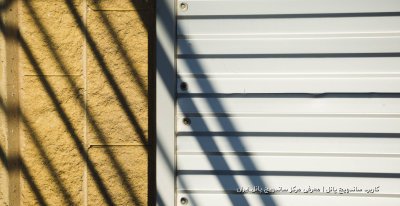سلام
جالبه بدونین اکثر کار جلوه های ویژه 2012 با مکس بوده.
موفقتر باشین

دوستان این رو ببینید حتما. توضیحاتیه در مورد 2012. توضیحات خوبی توش هست اما من توی اون توضیحات اسمی از Max ندیدم ولی توی صفحه ی دوم خبر برید ببیسنید هم اسم مایا اومده و هم اسم Houdini. راستی اگه لینکی داریرد که در مورد 2012 توضیحات بیشتری داده و استفاده مکس رو توی اون می گه بدید ما هم ببینیم:
حتما صفحه دومش رو ببینید:
http://features.cgsociety.org/story_custom.php?story_id=5368
من یه تیکه از متن رو می ذارم برای اونایی که مشکل دارن برای دیدن این صفحه ها:
"When we looked at the simulations, it became apparent that none of the commercially available rigid body solvers that come with, for example, Maya or Houdini, would be able to handle the amount of detail or geometry we had to work with." They found one promising open source software called Bullet. "We took Bullet as our core solver and built a proprietary system around it that allowed us to build our own constraint system that assembled big objects out of lots of small objects, then choreographed how they broke apart, where their weaknesses were, and how they were affected by forces." This allowed DD to have tens of thousands of objects instead of just hundreds in the same scene, all colliding and shattering on queue. They built a system they dubbed "Drop" around Bullet. Drop became the centerpiece around all the rigid body simulations allowing them to run complex simulations with great speed and stability. Within one or two hours they were able to run sims of a building made of five or ten thousand individual objects for hundreds of frames, allowing the FX artists to test different versions quickly.
Each skyscraper had a major bulk of rigid body development along with the volumetrics required to accompany the scenes. The rigid body work was done in Houdini, using plugins to shatter objects and rig them with controls for art direction during destruction. This was especially important for the sky scrapers because the previs was very specific on how the buildings fell apart, and how and when the plane would pass through those shots. Stephens explained, "You have the problem of doing it dynamically so that it looks like it's a natural phenomenon, but at the same time happening on queue, so it became interesting balance between procedural control and simulation."
















